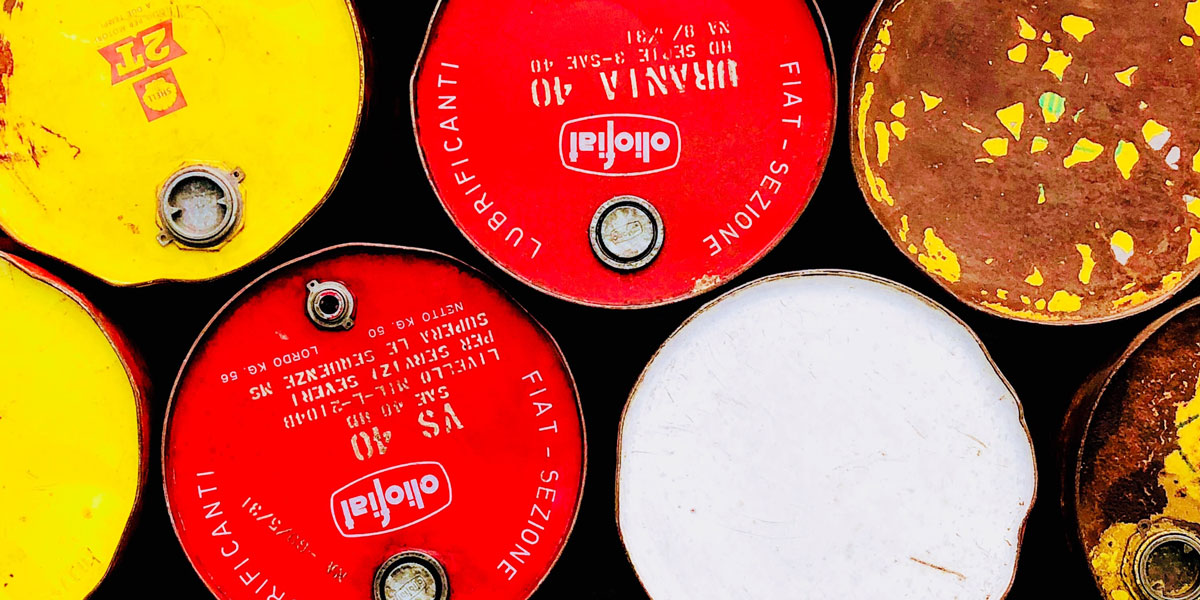The Process System Performance Blog
Where engineers share and learn about
optimizing oil production and processing

4 Criteria You Must Consider Before Selecting a Water Cut Meter
Separating water from oil and gas has been done since we started drilling for oil. Water has no value, but it is the largest by-product in hydrocarbon production. Meaning, you don’t want to transport it longer than necessary. Removing water from your oil and gas processing system demands distributed eyes on the operation, to continuously check the amount of water left in every water separation step.
A water cut meter is a device that allows you to measure the amount of water in the oil with high accuracy. Installing multiple devices into the process system, which function as said eyes, allow the operator to check the efficiency of the process step by step. By doing so, you avoid controlling the quality of the produced product at the very end of the process plant.
In this blog, we will discuss 4 different criteria you should consider before choosing the water cut meter technology most suitable for your application.
This is a summary of the different criteria. For the full version, check out our full guide:
The different technologies
First, let’s have a quick look at the technologies available on the market. All of them generate and emit an electromagnetic field into the fluid and then receives the response from the fluid itself generating numerical data. The electromagnetic waves sent through the fluid to measure water is defined by their frequencies. There are three different ranges used in this type of instrumentation, Infrared, Microwave and RF Capacitance.
The Infrared technology performs well in high water cut applications or in presence of small quantities of gas, measuring with good accuracy. However, it performs poorly in presence of highly unprocessed fluids, heavy oil, sand, and solids.
The Microwave technology is accurate where there’s a defined range of water cut (e.g., low water cut, mid water cut, and high water cut). If the water salinity is frequently changing and there’s presence of gas in the flow stream, the accuracy of the measurement is immediately affected on the lower side (reduced).
With Capacitance technology, the accuracy is not affected by water salinity changes or fluid density variations. It can measure water cut from 0-100%. Yet, it is unable of working well in very high water cut applications (>90%), where the fluid is constantly consisting of water and in particular when it is in water continuously phase.
The Advance Capacitance utilizes multiple sensors, and it is able to push to 98% of water cut the optimal application envelop.
Knowing their accuracies, we will know have a look at the decision criteria.
1. Application area
The keyword when looking at possible areas of application is rangeability. The water cut range required will be different depending on where in the process line you are going to install the water cut meter.
For instance, well testing and monitoring applications has a range of water cut of 100% - 10%, whilst crude processing / separation is typically 20% - 1.0%. During loading and other downstream applications, it’s even lower.
It is crucial to understand the rangeability of the instrument needed, and based on this knowledge, you can choose the right technology for your application.
2. Type of fluid
The water cut meter sends electromagnetic waves through the fluid, and with different fluid compositions, you will need different types of technologies. Ask yourself these questions:
- Do you deal with highly unprocessed fluids?
- Do you have a multiphase flow with presence of emulsions, sand, oil, water and gas?
- Is there mostly oil or water?
- Is it heavy or light oil?
- Are any components sour and aggressive?
- Is it high temperature and pressure?
- Or simpler, more stabilized fluid?
Assessing the type of fluid is crucial when choosing the right technology for your operation. Additionally, it’s important to keep in mind that the type of fluid will change over the years, so a technology that fits now might be unfitting in the future.
3. Installation typology
Considering where the water cut meter should be installed is highly important, as there are two ways to install which differ in cost and measurement accuracy – an inline approach or using an insertion probe.
A cost/benefit evaluations is necessary when making the right decision, and this links directly to the size of the pipe.
The pipe can range from 1 inch to 40 inches and above, and in cases where the latter is applicable, the inline approach is understandably a much more expensive option. However, it will provide a more reliable measurement.
4. CAPEX vs OPEX investment
When choosing the right technology, you should do a proper cycle/cost evaluation. When including both capital expenditures (CAPEX) and operating expenses (OPEX), you will be able to select the meter with the best overall cost.
Do you buy a more expensive meter that require less OPEX, or do you buy a cheaper meter that will require a lot of operating expenses?
Suggested reading: Real Time Monitoring: Why is it so Important?
Conclusion
A water cut meter can help operators face the biggest production and processing challenges of our time, handle higher volumes of water. The technology doesn’t introduce any hazards, but it can provide additional visibility, data, quality, and benefits. Considering these 4 decision criteria discussed in this article can guide you to making the right decision for your operation or plant.
Subscribe to new blog posts here:
Get the newest articles straight to your inbox